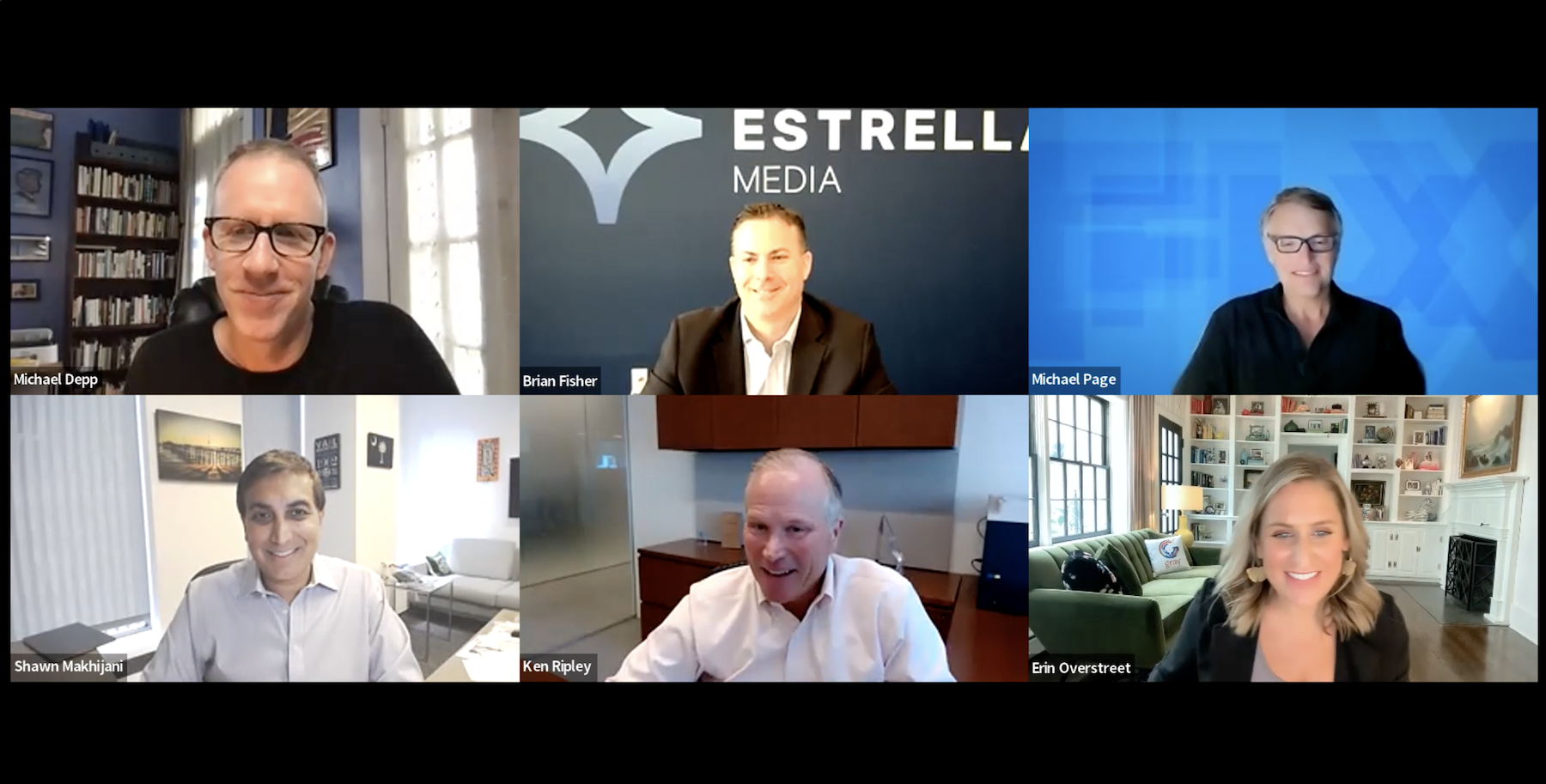
News Orgs Use Broad Toolset To Build Streaming Audience, Revenue

For Shawn Makhijani, SVP of Business Development and Strategy at NBCUniversal and SVP, NBC Spot On, the first step to building a streaming audience is to stop thinking about audience silos altogether.
“We continue to build audiences by thinking about everything holistically,” Makhijani told attendees of a TVNewsCheck webinar last week. He added that having a “broad reach” is the best way to build an audience, so diversification is key.
Makhijani addressed issues of audience development and monetization at the second of a two-part webinar, Streaming News 2022, which also featured executives from Gray Television, E.W. Scripps, Estrella and Fox Television Stations. Part one, covering news content and workflows for OTT, was held in July.
Makhijani noted that NBCUniversal Local’s stations recently launched in a FAST model on Peacock, after longer-standing iterations on other platforms. He said the new channels have capitalized on this particularly effective synergy.
“Peacock is very much a part of the owned-stations’ ecosystem. It’s not streaming separate from the station business; it’s all thought of as one platform,” Makhijani said. “Through all the NBCU entertainment content on it, we’ve been able to expand what we can offer our audience and advertising.”
With the addition of the FAST channels to Peacock, Makhijani said the station group has also been able to “double down” on coverage of breaking news in addition to news content already streaming on Peacock via NBCLX, the group’s news brand that targets young demographics and has operated as an experimental playground.
All of which has helped further consumers connect streaming with news options, he said.
Getting the Word Out
News streamers nevertheless face a long, uphill road in drawing viewers given the abundance of choices on streaming, so NBCU still relies on linear on-air mentions, Makhijani said. However, in-platform ads are becoming increasingly important. Even more paramount, he said, are good channel placement and strong branding efforts in TV guide content descriptions.
“If our TV guide listings are clear on what we’re giving, you see viewership go up,” Makhijani said. “When you see breaking live news, it really drives viewership more than any traditional marketing app.”
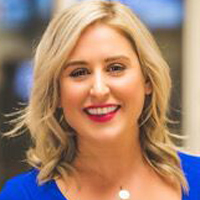
Erin Overstreet
“It’s just constantly keeping it part of the conversation, but then pushing it more where they already are, so they consume more of it,” said Erin Overstreet, VP of digital sales at Gray Television, of her group’s audience-building efforts.
Overstreet added that Gray’s streaming platform apps get mentions during traditional TV newscasts, while promos for streaming run on its stations and ads for streaming pop up on the website, just to name a few marketing efforts across all the group’s channels.
Ken Ripley, VP of digital sales at E.W. Scripps’ networks, has seen firsthand the challenges of audience building at Newsy, the company’s national news brand that began as a digital channel, expanded to OTT and then added OTA distribution last year via Scripps’ diginets.
In addition to out of home advertising and advertising on other news media like NPR, Ripley said Newsy found OTT platform advertising to be essential.
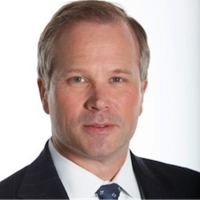
Ken Ripley
“Where we found particular success, from the early days, was by advertising on-platform, be it Roku, Amazon, wherever,” Ripley said. “That’s more of a point-of-sale-type opportunity for people to not just become aware of the brand itself, but to click on it and download the app and begin watching immediately.”
For Fox Television Stations, YouTube has been a key audience development channel. Michael Page, SVP of digital sales, said its national news streamer, LiveNow, “captured a lot of dollars and a lot of eyeballs” while live streaming copious breaking coverage of the recent Johnny Depp vs. Amber Heard trial. Though LiveNow is available on major streaming platforms, including Tubi, which is owned by Fox, and has helped the organization build a “comprehensive distribution strategy,” Page had ample praise for YouTube.
“We see YouTube as really one of those places where, because it’s video content discovery, it gives you that edge of getting that brand out there very quickly,” he said.
Importance Of OEMs
Partnering with OEMs is also key to streaming audience development, panelists said, to aid in discovery on smart TV home screens where real estate is limited.
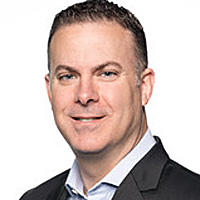
Brian Fisher
“The best way for us to help support the OEMs and our partners is to help them understand our content so they can promote our programming and events with reasons for their viewers to tune in,” Brian Fisher, SVP of digital sales at Estrella Media, which offers the Spanish-language, 24-hour multiplatform streaming news service, Estrella News. “We find that it’s really important to have really good communication with them.”
Makhijani added that strong programming descriptions in OEM TV guides, which he said consumers still cherish, is vital. As much as things change, they also stay the same.
“What we do really well in our business still applies in the digital world,” Makhijani said. “We’re very much intertwined with [OEMs], and so far for us it’s been good.”
Programmatic Vs. Direct Sales
The panel also tackled the evolving world of streaming sales, and TVNewsCheck Editor and webinar moderator Michael Depp asked the panel what percentage of ad sales across their companies have been achieved through traditional direct sales versus programmatic. While the execs didn’t open up their account books and provide receipts, they uniformly said direct sales are still dominant, particularly in local, but programmatic sales are growing.
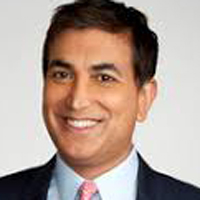
Shawn Makhijani
“Our philosophy at NBCUniversal is we want to transact in any way our clients want,” Makhijani said. “Programmatic is just another way to transact, with its pros and cons.”
If a company is going to engage in programmatic sales processes, it’s important to discuss those pros and cons with targeted clients, he said.
“We’ve had some clients go to the programmatic side and then come back to do direct deals with us just because of the ease of the relationship and the way they want to transact,” Gray’s Overstreet said. “We’ve always been in the position that we want to make it as simple as possible to buy from us.”
One thing the programmatic approach has going for it, Fisher said, is its versatility.
“There’s a lot of methods to buying and selling programmatically,” he said. “For example it’s guaranteed, there’s open, there’s remnant. We are seeing a fair amount of PMP deals turning into PG deals, maybe not a direct IO, but at the end of the day it’s a direct deal, and we’re very pleased with what we’re seeing.”
Depp also asked for percentages on how many ad sales are bundles of direct and streaming packages. Again, the panel members demurred on providing specific figures, but said bundles are a factor, if only because they make sales easier and give partners an additional option.

Michael Page
“It’s client-solution focused,” Fox’s Page said. “The thing that we’ve seen more of, surprisingly, is clients coming to us first through [Fox’s FLX sales platform] and then be able to amplify and then sell them into the value of a relationship with their station side that they didn’t necessarily think they could have before.”
“The hardest thing to do if you’re stuck in one bucket or another is achieve reach,” Scripps’ Ripley said. “A cross-platform deal is about extending reach, which may be the hardest thing to do and the most valuable.”
Improving Ad Tech
The user experience of ad tech remains a considerable problem in the streaming advertising world, and Depp noted the myriad ways it has “bedeviled” publishers and annoyed consumers, particularly when they see the same ad repeated ad nauseum. He said he can recite from memory “the ads for psoriasis, Crohn’s disease and Progressive Insurance that visit me in almost every ad pod I see on multiple different services, regardless of the fact that none of these things otherwise intersect my life.”
“Frequency is probably one of the top two or three challenges that every buyer sees that becomes a potential objection,” Page said. “We’re measuring with FLX and Tubi actual household frequency versus average frequency because average frequency puts you in a box where one person may see the ad once and the other may see it 10 times and you get an average frequency of five.”
Ripley suggested that more ad buyers engage in direct sales with station groups to help mitigate the issue with greater control. Problems come up when there’s an overreach on demand sources, he said.
“We have over a hundred different demand sources that are bidding for our programmatic inventory daily, five of them may have the same account and five of them are using different codes for what that specific piece of copy is, and being that account is active at the same time, chances are it’s going to win multiple times,” Ripley said. “If there was simply a universal ad i.d. … that the advertisers would require their agencies to use and therefore all of us to accept, we could solve the whole thing.”
Capitalizing On AVOD’s Emergence
Depp noted more consumers are canceling subscriptions to SVOD-modeled platforms or throttling their subscriptions up and down around shows they’re binging, which is pointing to a more important role for SVOD services in the streaming ecosystem. But how can streaming news capitalize on this world tilting to AVOD?
Page said that Fox is focusing heavily on “scale development,” while Ripley said distribution to the point of being “ubiquitous” will take care of just about any revenue problem.
“We’re not here to pick winners,” Ripley said. “We’ll let the consumer do that.”
































Comments (0)